
Contributed by Kathryn Myers / Having retired after 40 years of teaching in the Department of Art and Art History at the University of Connecticut, I set out in my camper van in late December on the first of what I hope will be a series of annual winter road trips. On this inaugural journey, I decided to avoid larger cities and major highways, heading first to Arizona and California and then taking a month to meander home along the south and east coasts. As I have had far more experience over the past 20 years traveling in India than in the United States, I felt both excitement and trepidation about exploring unfamiliar ground in my own country. Aiming to view art in more remote and unexpected places away from urban art centers, and equipped with some notes and destinations, I hoped to discover much along the way. Equipped with van and electric bike, I felt both a sense of refuge and a burst of freedom.
The Salton Sea, California, February 6
After wintering in Arizona for several weeks, I headed out to explore the 150-mile circumference of the Salton Sea in the eastern Coachella Valley of California. Alternative off-grid art communities with alluring names like Mecca, Bombay Beach, East Jesus, and Slab City beckoned me, but nothing in my lifetime of seeing and creating art prepared me for what I encountered upon entering the valley via the twisting, hilly Box Canyon Road. The landscape abruptly changes from a sinuous mountain road to flat agricultural fields and desert. The centerpiece of this bleakly beautiful region is the Salton Sea, a vast dying lake accidentally created in 1905 by flooding from the Colorado River that diverted water into the Salton Basin. It was a popular resort destination in the 1950s and ‘60s, but evaporation and agricultural runoff have since made the waters increasingly toxic. As residents departed and resorts became ghost towns, maverick art communities gradually took root.



Bombay Beach, on the northeast edge of the sea, was once a resort town attracting celebrities such as Frank Sinatra and Bing Crosby. Its glamour long past, about 250 residents now occupy the town on a two-mile grid of streets. The challenges of living there have been compounded by ongoing environmental problems. When I drove through in the mid-morning, the town felt eerily deserted, with the streets along the lake flooded after a high levee broke, making the works of art set on the stark beachfront less accessible. Throughout the town, sculptures, installations, and murals, playful and political, were interspersed with graffiti-embellished trailers, in a curious and uncanny integration of life and art.
Salvation Mountain lies 20 miles away on a road leading from the lake to the desert. While the contents of my van shook and banged, I drove gingerly over potholed and washboard roads, praying that the vehicle’s various tanks and electrical components would stay intact. After the loneliness of Bombay Beach, it felt reassuring to encounter fellow travelers and enthusiastic volunteers who handed out brochures and offered guidance. This immersive art environment was built by visionary artist and Vermont native Leonard Knight, who began his work in 1984, and, despite some pitfalls, continued it until his death in 2014. Propelled by a newfound devotion to Jesus, he composed the fifty-foot-tall mountain with adobe brick, cement, straw, old tires, and other discarded objects, all lavishly adorned with latex paint. An array of old painted cars and wagons surrounding the mountain are covered with texts from scripture. Visual imagery and symbolism on the mountain include the Sea of Galilee at the bottom and an enormous painted heart and cross that rewards anyone who can reach the top on foot. Under the heat of the intense sun, climbing the candy-colored mountain of undulating surfaces, patterns, and text was a dizzying, dazzling experience.
Farther along the road is Slab City, where Camp Dunlop, a World War II US Marine training base, was dismantled in 1956, leaving only remnants of concrete foundations. New residents began to occupy the abandoned site soon thereafter, forming a small community that remains active to this day. East Jesus (signifying not religion but rather “the middle of nowhere”) is a 30-acre experimental art space on the edge of Slab City, created in 2007 by Charlie Russell, a Burning Man artist who initially came to assist Leonard Knight with Salvation Mountain. Although Russell passed away in 2011, the garden has continued to grow and is now a non-profit organization with a curator, volunteers, and an artist residency. Resident artists, sometimes through community activities such as art slams, have created most of the art.
Among others roaming the site, a friendly elderly gentleman with a long white beard greeted me, pointed the way to the donation box, and invited me to wander freely. He then disappeared into a living space that seemed camouflaged within a rambling labyrinth of sculpture and installation. Most works are made from recycled materials, densely arranged but quite navigable. Considering the abundance of art on display, I was surprised to learn that in 2023 a flash flood had caused a great deal of damage, and that some displays were still being rebuilt. Russell’s work centers on several cars and a Volkswagen bus encrusted with objects, the words, “First Church of the Chocolate Martini” along the roof edge, and mannequin legs with funky shoes sticking out. Elsewhere in this living collage, an airplane and a landlocked boat form a surreal tableau near an enormous shark made of rebar and chicken wire. On an expansive wall of found television and computer screens, a deluge of cynical and contradictory commentary in large red letters reflect political and social discourse from which this unique remote community seems largely liberated.
Marfa Texas, April 11–12
Before arriving in Marfa, distracted by my first view of a dust devil on the vast open landscape, I nearly missed Prada Marfa, a sculptural installation that is a replica of a Prada boutique. I have seen it reproduced so often that it was surreal to come upon it in person in such a desolate place, 26 miles outside of Marfa, in a context that more fully captured its sense of irony and critique of consumerism. Created in 2005 and originally intended to disintegrate in the harsh climate, it has instead become a popular tourist attraction. In the short time I was there, several cars came by with people jumping out to snap photos.


It was Donald Judd, of course, who made Marfa, an old ranching town in such a stark landscape and challenging climate, into an arts destination. In the early ‘70s, he fell in love with the town’s aura of isolation and possibility as a place where art and landscape could be integrated, and his large-scale minimalist works could be permanently installed. He purchased an old army base, a ranch, and a few buildings in town. The gorgeous one the Judd Foundation occupies downtown preserves his legacy and showcases his work along with that of his contemporaries. As other artists arrived and new art spaces opened, Marfa gradually became the lively arts hub it is now.
Arriving in the early evening, I was enchanted by how golden light from the setting sun struck the facades of buildings. The intersection of two main roads unveiled a dramatic view of the magnificent city hall framed by streets with countless beautifully restored and repurposed structures. Some were hotels, restaurants, cafes, and shops; others had become galleries and art centers. Even the abandoned sites shared the quaint and quirky town vibe.
The following day, I enjoyed a half-day tour at The Chinati Foundation, where buildings on the former military base now permanently house Judd’s work. Here, in this vast open landscape, his goal of integrating art, architecture, and landscape is strikingly realized. I first toured his outdoor installation, 15 untitled works in concrete, captivated by the way these hollow boxes held light so differently and framed the landscape beyond. Judd himself renovated and altered the two enormous artillery sheds where his work is housed. Formerly flat-roofed red brick structures, they now have elegantly vaulted aluminum rooflines that relieve the unrelenting flatness of the desert. Side walls of large windows beautifully illuminate the work.
100 untitled works in mill aluminum includes 100 boxes, each 41 x 52 x 71 inches, arranged in a grid. I was almost relieved when informed that no photography of indoor works was allowed. In the amount of time we had, it would have been distracting and futile to attempt to capture the breadth of the installation and the mesmerizing effects of light. Though consistent in dimensions on the outside, the interior of each box is subtly different. Light reflected on and through the boxes created optical illusions that appeared at once to mirror, distort, and erase form and space. As I moved through two rooms, one with 52 and the other with 48 boxes, I felt so fortunate to experience this materially solid yet atmospherically ethereal work.
Chauvin, Louisiana, April 15
Exploring lace-like threads of marshy bayou on the edge of the Gulf of Mexico, south of New Orleans, I headed out to the farthest drivable points in the towns of Venice, Cocodrie, and Port Fourchon. When Chauvin Sculpture Garden appeared on my Google Maps, I couldn’t resist a detour. Here, on a narrow wedge of land on the Bayou Little Caillou, in the hamlet of Chauvin, was a spectacular sculptural installation. After viewing Judd’s meditative works, it felt almost carnivalesque. Created by Kenny Hill, a former bricklayer who lived in a simple house that still stands on the site, the garden grew to its present form over a period of ten years. Upon entering the site, I was greeted by artists and professors Greg Elliott and Dennis Siporski, who have been volunteering their time for restoration. They shared their insights about Hill’s life, iconography, and masterful techniques. Siporski had attracted the interest of the Kohler Foundation, which ultimately funded restoration, including that of Hill’s house, now serving as an art studio and gallery. Dedicated in 2002, it was gifted to Nichols State University in Thibodaux when Siporski (who now teaches at Southeastern State University in Hammond) was department chair.


Hill began his work in 1990, producing over 100 painted life-sized concrete sculptures arranged in imaginative tableaus describing a spiritual journey that encompasses Cajun culture, biblical stories, and Hill’s idiosyncratic beliefs about the world at large. In 2000, due to a mysterious change of heart and loss of religious faith, Hill broke the head off the sculpture of Jesus and abandoned the project. Eventually, he was evicted from the property and vanished.
Along the canal, still under repair but unmistakably a centerpiece, is a 45-foot sculpture of a lighthouse with figures climbing its exterior. Nearby, hosts of angels spread their wings, beckoning viewers to walk through portals over pathways composed of cosmic symbols. A Jesus-like figure (head intact) lies prone, surrounded by totems bearing human heads supported by chicken feet. Close at hand, a yellow-haired girl with a red bow in her hair contemplates her reflection. Wandering through the installation from different directions, I encountered figures that were part of one tableau only to become part of another. My fruitless attempts to conjure a linear narrative in time dissolved into delighted disorientation, as I surrendered to the work’s exuberant passion and pain.
As I reflect on the landscapes I encountered in my travels this year, from barren desert to lush swamp and sea, I marvel at how art can be so integrally shaped by place. With gratitude and anticipation, I await next year’s journey.
About the author: Kathryn Myers is emerita professor of painting at the University of Connecticut. She is a painter, curator, and the producer of Regarding India, a video series of conversations with contemporary artists in India.

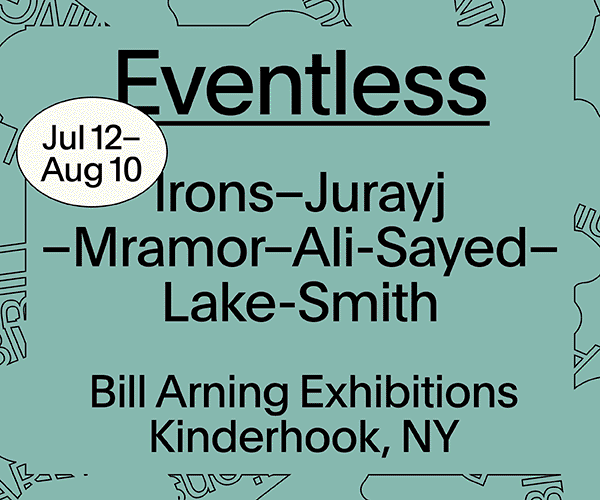
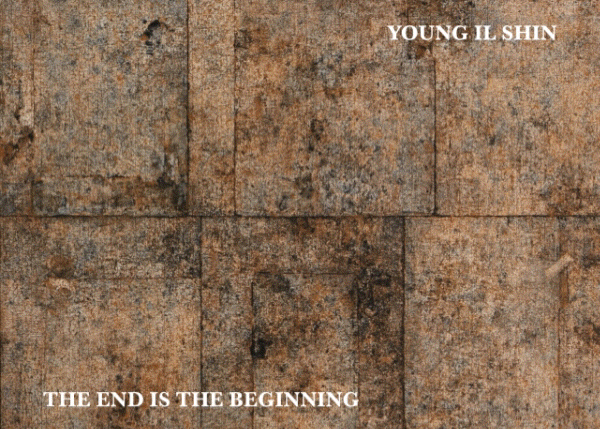
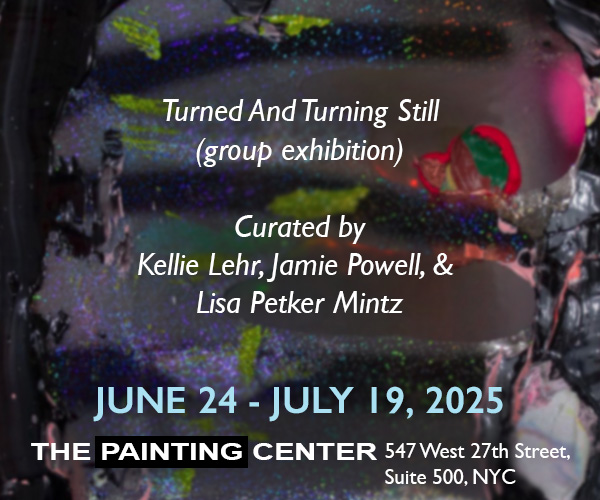
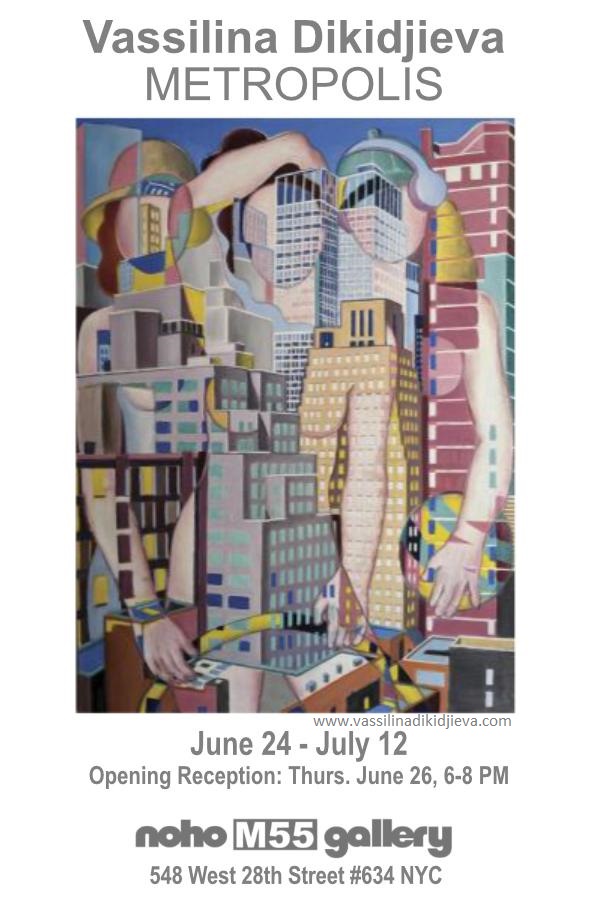
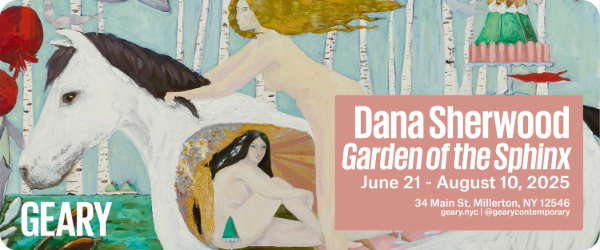










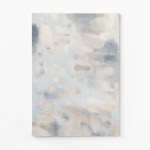
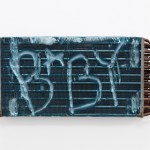
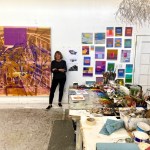
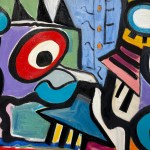
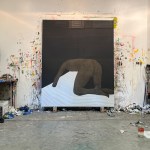
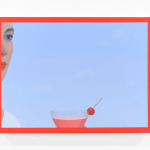
So enjoyed this read. What an out of way road trip to see and appreciate unexpected art . Visionaries for sure.
Love this report and appreciate Kathryn’s endless curiosity in this project to travel the US!